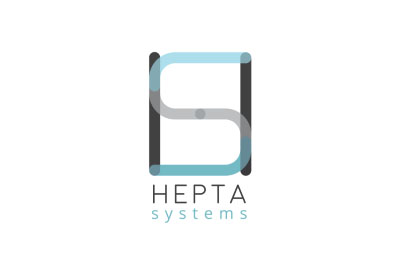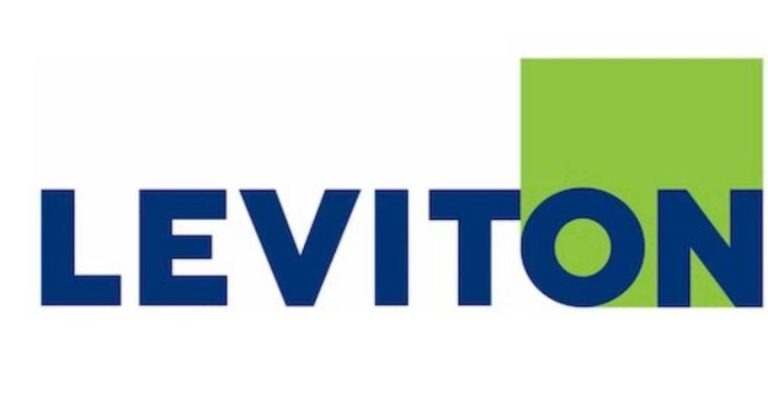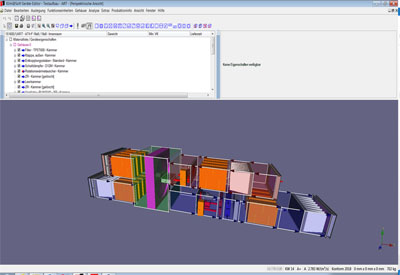Hepta Systems: Simplifying Smart Buildings

November 10, 2017
Many in the intelligent buildings industry got their start working as Systems Integrators as controls technicians with the first “skill” learned checking out valve and damper actuators. Back in the days of pneumatic controls it involved connecting a pump-up tool, watching the actuator move to the desired position, and checking it off as complete. This process would go on for days and sometimes weeks depending on the number of equipment and the project size.
With the introduction of DDC controls, the pump-up tool was replaced with the laptop, but essentially the approach and time-consuming task remained the same, with the addition of sensor inputs needing to be checked out as well. A good tech could override a valve or damper to various positions and get a system commissioned by comparing the performance of sensor inputs against expected results.
Fast forward to today, when we have the ability to programmatically step through that same commissioning process for 5, 50 or 5000 pieces of equipment or systems! This is all possible thanks to a powerful technology borrowed from the IT industry – tagging and data modeling. Now a scripting engine can run any number of steps, record inputs, and report conclusions for results all automatically. The use of tags fundamentally automates the entire process of engineering a project, allowing for truly automated commissioning.
Automated commissioning gives the ability to create a set of tasks and apply them globally across an entire system of equipment. Each step can be executed automatically and the results are summarized in a checkout/commissioning report. No more spending hours manually checking sensors, stroking dampers, and recording results.
Automated commissioning essentially eliminates the time it would take a systems integrator to perform all the initial tests and ongoing retro commissioning in a smart building.












